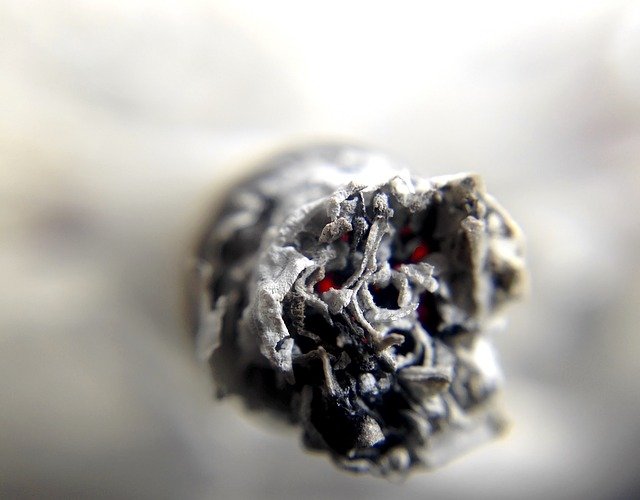1.1 How do we know what we know?
Scientists once believed that all life commonly and regularly arose spontaneously from non-living matter ('spontaneous generation'); that is, any life form could be created on-demand from non-living things by following recipes.
J. B. van Helmont (van Helmont 1671; Latour 1989) gave this recipe:

If a soiled shirt is placed in the opening of a vessel containing grains of wheat, the reaction of the leaven in the shirt with fumes from the wheat will, after approximately twenty-one days, transform the wheat into mice.
--- Translation of van Helmont (1671)
We now know that this isn't true... But how did van Helmont reach this conclusion?
Through observation. This is what he saw happen, even though his explanation was incorrect. And why was this idea rejected? Because of the scientific process.
Spontaneous generation was proposed after making observations. van Helmont then proposed a possible explanation (a hypothesis). This hypothesis was then rejected when evidence contradicted the hypothesis. So, a new hypothesis was proposed and tested, based on further evidence. Briefly, this is the evidence-based, scientific process.
A more recent example of the scientific process in action is declaring cigarette smoking as harmful. As recently as 1978, the verdict on whether smoking is harmful was debated:

...many eminent persons, committees and commissions have unanimously concluded that lung cancer 'is almost entirely due to cigarette smoking'. I once shared this view, but having now studied the evidence in more detail and from new angles I feel unable to reach a definitive conclusion...
All scientific knowledge emerges in a similar way: Observations lead to hypotheses, which are tested against the evidence, and the hypotheses are either rejected or temporarily accepted based on this evidence.
Notice the approach: hypotheses are rejected when contradictory evidence emerges, but hypotheses are only ever temporarily accepted until contradictory evidence emerges (if ever).
Knowledge in all scientific disciplines is based on a similar process:
- How do we know the gestation length for Gilbert's Potoroo (Stead-Richardson et al. 2010)?
- How do we know that paracetamol eases pain (Weil et al. 2007)?
- How do we know that exercise is good for us (Curfman 1993)?
- How do we know if permeable pavement technology is effective in reducing runoff (Mullaney and Lucke 2014)?